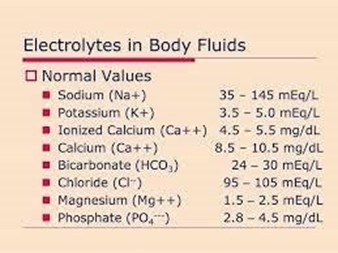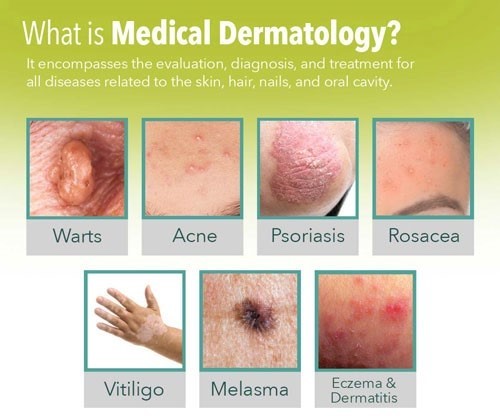The practical nurse (PN) heard adventitious breath sounds while auscultating the lungs of an older adult who is receiving an IV of 5% dextrose in water (DW) at 100 mL/hour. Which action should the PN take next?
Report the findings to the charge nurse.
Review the last balance of intake and output.
Slow the DSW infusion rate to 50 ml/hour.
Document the findings and monitor the client.
The Correct Answer is A
The practical nurse (PN) who hears adventitious breath sounds while auscultating the lungs of an older adult who is receiving an IV of 5% dextrose in water (DW) at 100 mL/hour should report the findings to the charge nurse.
Adventitious breath sounds can be indicative of respiratory problems such as fluid accumulation or infection in the lungs. In this case, it is important for the PN to report the findings to the charge nurse to ensure appropriate action is taken to assess and manage the client's respiratory status.
incorrect:
B- Reviewing the last balance of intake and output is important for overall assessment but may not directly address the concern of adventitious breath sounds. It can provide additional information about the client's fluid balance, but it is not the next immediate action in response to the abnormal lung sounds.
C- Slowing the DSW infusion rate to 50 mL/hour is not the most appropriate action to take based solely on the presence of adventitious breath sounds. The abnormal lung sounds may be an indication of an underlying respiratory issue that needs further evaluation and intervention.
Adjusting the infusion rate without a comprehensive assessment and appropriate medical orders could potentially overlook the underlying cause.
D- Documenting the findings and monitoring the client is necessary, but it should not be the sole action taken. Reporting the findings to the charge nurse is crucial to ensure prompt assessment and appropriate intervention.
Nursing Test Bank
Naxlex Comprehensive Predictor Exams
Related Questions
Correct Answer is C
Explanation
When a client reports experiencing numbness and tingling in the extremities, it is crucial for the practical nurse (PN) to prioritize reporting the client's electrolyte levels to the healthcare provider. Electrolytes are essential minerals that help maintain the balance of fluids in the body and enable proper nerve and muscle function. Imbalances in electrolyte levels can lead to neurological symptoms, including numbness and tingling.
Options a, b, and d are not the correct priorities to report in this situation:

Correct Answer is D
Explanation
Acne is a common skin condition that often requires specialized treatment. While general skin care practices can help maintain healthy skin, the most appropriate recommendation for a 16-year-old client seeking treatment for acne is to refer them to a dermatologist.
Acne can have various underlying causes, and effective treatment often involves a tailored approach based on the individual's specific condition. Dermatologists are medical professionals specializing in skin health and are best equipped to assess and provide appropriate treatment options for acne.

Whether you are a student looking to ace your exams or a practicing nurse seeking to enhance your expertise , our nursing education contents will empower you with the confidence and competence to make a difference in the lives of patients and become a respected leader in the healthcare field.
Visit Naxlex, invest in your future and unlock endless possibilities with our unparalleled nursing education contents today
Report Wrong Answer on the Current Question
Do you disagree with the answer? If yes, what is your expected answer? Explain.
Kindly be descriptive with the issue you are facing.
